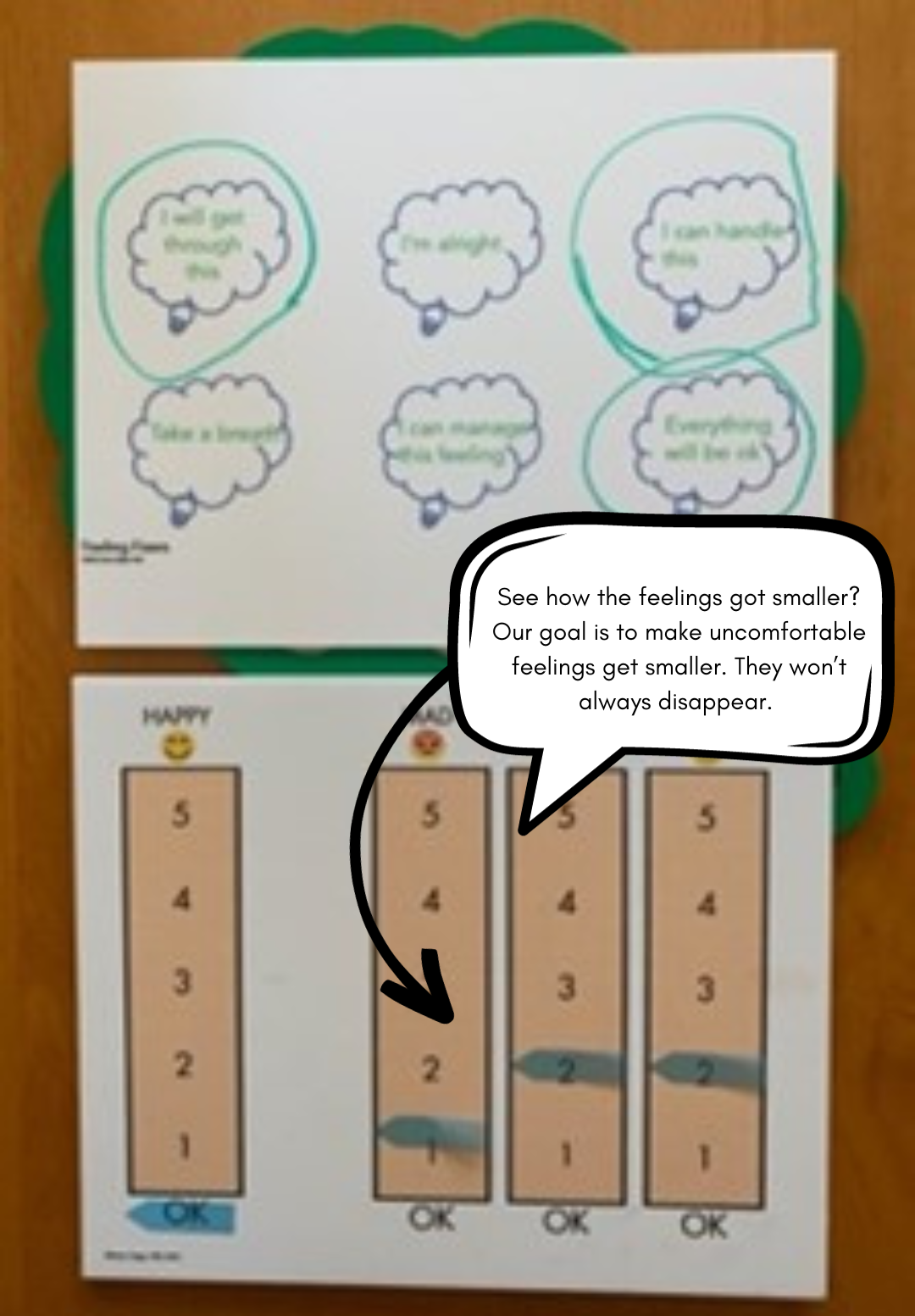Holidays in sight? Feelings on the way!
Whatever holidays are coming your way, be ready for lots of feelings!
November and December bring us an assortment of holidays. Time to gather with family and friends, enjoy and create family traditions, and perhaps engage in some gift-giving and getting. 🛍️🎁 But no matter what lovely memories come out of these celebrations, November and December (ok, January also) bring with them many feelings. Some comfortable, others, not so much.
Often, no matter how hard we try, holiday times can be stressful. Our children’s schedules change. Travel plans may need to be made and/or modified. Shopping looms large. And then, there’s always planning, shopping for, and executing some extra cooking. Relatives coming? Time to clean and organize! How did I not remember that the Christmas tree stand leaked last year and I had planned to replace it last January?? Now they are sold out. Yep – the holidays are here… 🫠
Of course, our students and children feel uncomfortable feelings during the holiday season as well. While our go-to may be to suggest strategies to alleviate the size of uncomfortable feelings, I think it’s also important to help students explore their discomfort, not just aim for a quick exit. After all, some uncomfortable feelings stick around for a while (we all remember COVID) so thinking, sketching and talking about discomfort with children builds their ability to think about emotions and themselves a bit more deeply. And making connections between their feelings and those of others (even characters in animated videos!) helps expand overall understanding. Especially when students are beginning this process of familiarizing themselves with discomfort – be it sadness 🥺, anger 😡, or worry 😩.
When we help students understand the link between thoughts and feelings, we can use the idea of “cool thoughts” (which lower feeling size) and “hot thoughts” (which raise feeling size,) we are working with the Cognitive Behavioral Therapy framework. I love using the books from Magination Press, such as What to Do When Your Temper Flares and What to Do when You Worry Too Much. Great workbooks to use in our sessions or recommend to parents. I usually pair them with my Feeling Fixers and Feeling Trackers – materials that can be manipulated and provide additional visual supports as we work to build emotional understanding.
I’ve been getting questions about how EXACTLY I use the Trackers and Fixers, so here are some examples:
1. Choose a favorite animation and let students track the character’s feelings as they change. I use a Feeling Tracker and narrow painter’s tape, which is so easy to work with. Here’s an example using Soar by Alyce Tzue:
2. Are your students ready to talk about themselves? Pairing the Feeling Tracker with a sketch provides additional visual support for feeling size. Here’s a student illustration:
3. Ready to add another step for students discussing their uncomfortable feelings? Combining a Feeling Tracker with Feeling Fixers helps bridge to internalized cool thoughts:
Do well. Be well. Wishing you the best of health and happiness,





